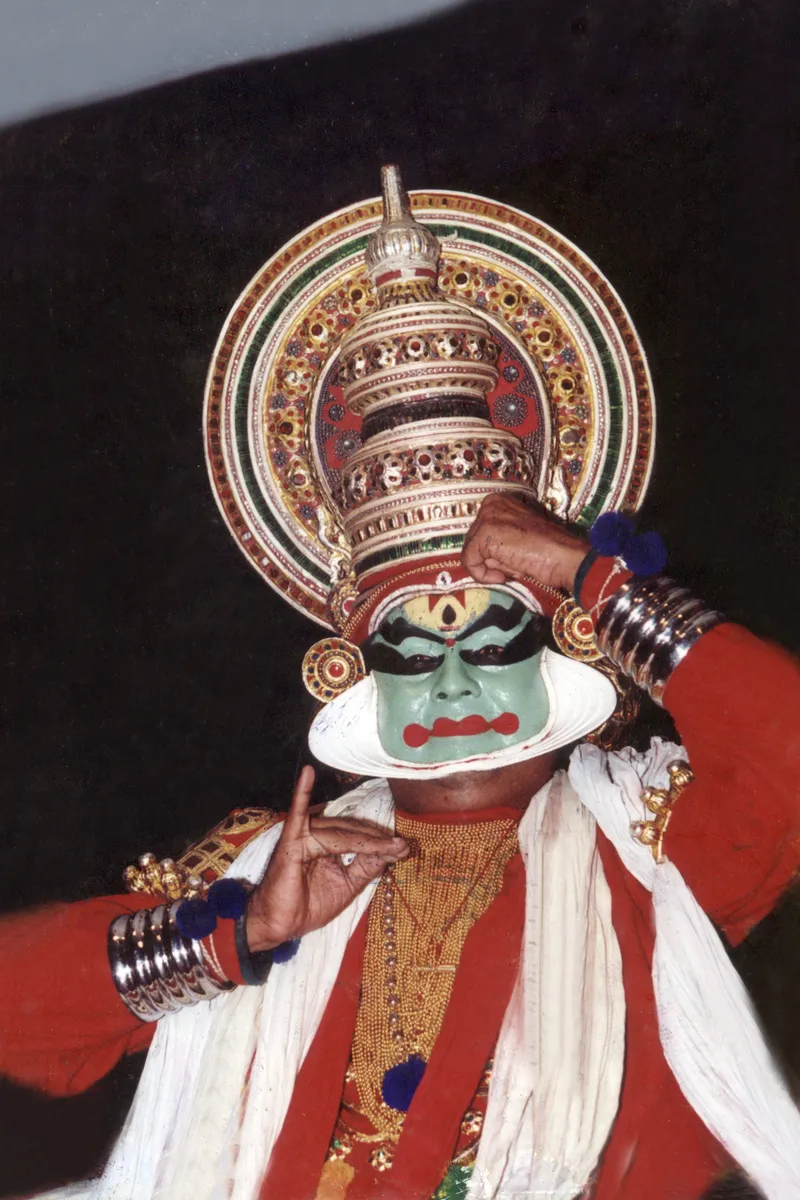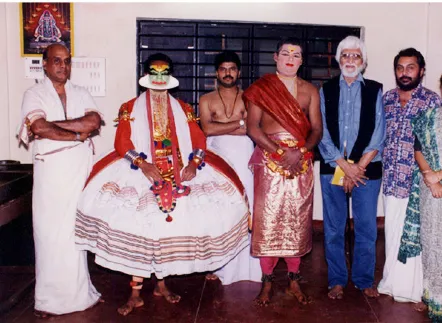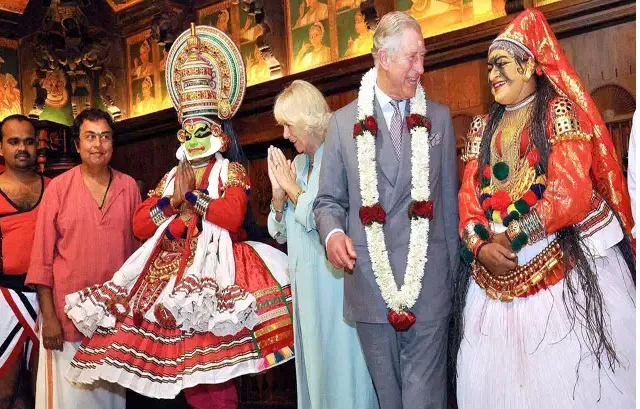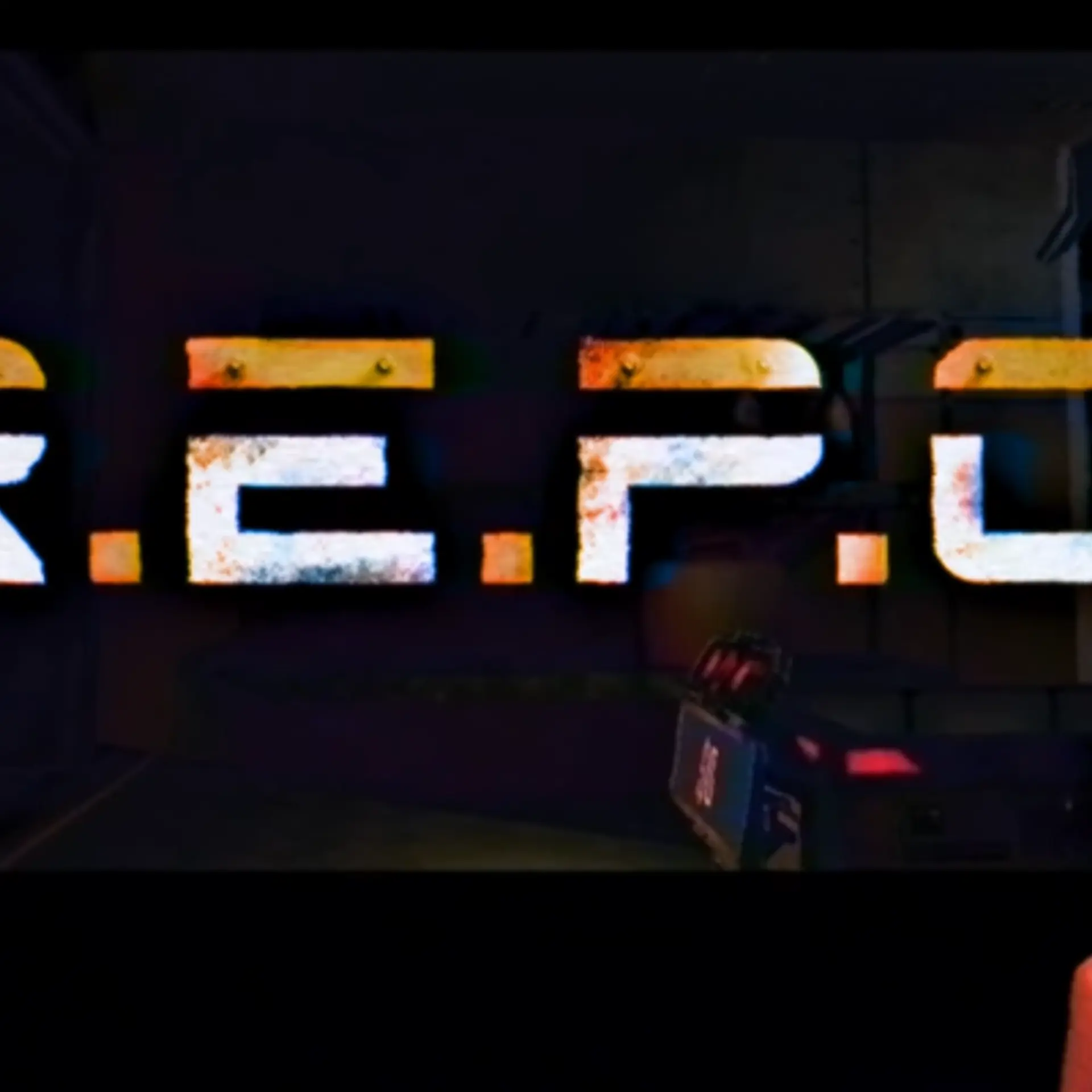In the age of reels, Cochin Cultural Centre preserves the long-form art of Kathakali storytelling
As lifestyles evolve and attention spans shrink, Kathakali faces the challenge of adapting to the tastes of modern audiences. Cochin Cultural Centre is on a mission to ensure that the traditional dance form not only survives but also thrives in this changing world.
The art of storytelling has always been intrinsic to human culture, with information and narratives being passed down through generations. The medium of expression may have evolved over the years, but the art has always maintained its essence.
One such form of storytelling that’s striving to retain its core while evolving with the times is Kathakali. Five centuries ago, this art form was carefully curated to bring the stories of the Puranas to life. Primarily performed in temples as whole-night spectacles, this ancient dance-drama is native to the state of Kerala.
The etymology of ‘Kathakali’ derives from the Malayalam words ‘katha’, which means ‘story’ or ‘narrative’, and ‘kali’ which means ‘play’ or ‘performance’.

Sharathkumar Sukumar in dramatic Kathakali makeup
As lifestyles evolve and attention spans shrink, this storytelling performance art today faces the challenge of adapting to the tastes of modern audiences. This is the challenge that Cochin Cultural Centre is aiming to address. As generations seek solace and meaning in the cathartic energy of art, the need for preserving cultural treasures becomes crucial.
And this is exactly what Cochin Cultural Centre, located in the cultural hub of Fort Kochi, is striving to achieve with conscious efforts–for Kathakali performances to flourish for future audiences to experience, appreciate, and carry forward.
Founded in 1978 by the late Sukumaran Nedungadi, Cochin Cultural Centre is on a mission to ensure that the traditional dance form not only survives but also thrives in this changing world. In 1985, the cultural centre was passed on to Nedungadi’s son and renowned Kathakali artist Sharathkumar Sukumar.
The institution, which aims to bridge the gap between the past and the present, is preserving Kathakali while making it accessible and engaging for the younger generation. Its dedication extends beyond mere preservation to make sure that the cultural treasure remains relevant to modern audiences through innovative approaches.
“Cochin Cultural Centre’s dedication to Kathakali transcends trends,” Sukumar tells YS Life.
“We haven’t had a single holiday since our inception. This consistency is our way of discipline, forming the bedrock of any performative art form,” he reiterates.
A vibrant art form
At its core, Kathakali is about captivating narratives drawn from the Hindu epics of Mahabharata, Ramayana, and Bhagavad Purana. The performances unfold stories of celestial battles, heroic journeys, and profound moral dilemmas. The vibrant costumes and dramatic makeup become visual extensions of the characters, transporting viewers into the heart of the epic sagas.

Artist MF Hussain with the artists of Cochin Cultural Centre
While the visual spectacle is undeniable, Kathakali delves deeper and goes beyond entertainment. Intricate hand gestures (mudras) and expressive dance movements communicate a nuanced language, conveying complex emotions and profound messages.
The stories explore universal themes that resonate across cultures and generations—themes of love, loyalty, the struggle between good and evil, and the consequences of human actions.
The performances put up by Cochin Cultural Centre offer a window to the world of Kathakali, meticulously blending tradition with modern enhancements to create a captivating experience.
Sukumar points out the importance of lighting and shadows in portraying the diverse characters and ensuring the stories come alive on stage.
“We utilise warm lights that evoke the ambience of traditional oil lamps, providing a more intimate and immersive experience for the audience. This beautifully complements the elaborate makeup of Kathakali artists,” says Sukumar.
The base for Kathakali makeup remains pure coconut oil. This time-tested tradition allows the vibrant colours to shine with unparalleled brilliance, especially under warm light.
Sukumar’s vision extends beyond small adaptations. He has orchestrated massive, awe-inspiring performances such as Vasudhaiva Kudumbam, which was performed at the Volvo Race in 2008. This event, organised as part of the expansion of Kerala tourism, featured 1,600 artists representing 200 different art forms. This grand canvas brought him wide recognition and helped showcase these art forms to a larger audience.

Prince Charles and Princes Camilla with the artists of Cochin Cultural Centre at the Folklore Museum in Kochi
Late Padmashree Kalamandalam Krishnan Nair, late Padmabhooshan Kalamandalam Ramankutty Nair, and Padmashree Kalamandalam Gopi are some of the eminent personalities who have worked with Cochin Cultural Centre.
The institution understands the delicate balance between preserving tradition and engaging modern audiences.
Traditionally, Kathakali is performed for an entire night, but recognising the needs of modern audiences, the centre has limited the performance time to 1.5 hours. This shorter performance includes a pre-makeup show, which enhances the audience’s experience of Kathakali.
The pre-makeup makeup demonstration offers a fascinating glimpse into the artistry behind the mask. Subtle English commentary is provided during select performances to enhance accessibility and comprehension for the younger audience and the international viewers.
“This innovation fosters not just cultural exchange but also a renewed appreciation among local audiences,” explains Sukumar.
Apart from Kathakali performances, the cultural centre also offers regular coaching classes in various Kerala art forms, such as Mohiniyattam, Kuchipudi, Bharatanatyam, Kalaripayattu, Parisakali, Theyyam, Opana, and Margam Kali, to ensure the rich cultural heritage of the state thrives for generations to come. Aspiring artists hone their skills under the guidance of seasoned masters.
“We prioritise providing opportunities to young talent. This creates a space for both established and budding artists to grow collaboratively.”
Preserving through evolution
Sukumar believes that, to preserve art forms like Kathakali in this fast-paced world, it is necessary to change how we deliver them, aligning with the needs of the audience. By embracing change while staying true to its essence, Kathakali can continue to enthral audiences for generations to come.

Cochin Cultural Centre
“Changing the container of these art forms might be the key,” he posits.
“The art form might be evolving its performance format, but its core themes—the art of storytelling and cultural preservation–remain the same as ever.
“People will eventually realise the need to slow down and appreciate the art form, leading to a deeper understanding of our culture and its heritage,” he elaborates.
Five years ago, the centre attracted around 50 visitors a day. This number has now doubled due to increased media exposure and a rise in domestic tourism.
Cochin Cultural Centre–Fort Kochi’s distinctive Kathakali stage–is a beacon of artistic heritage–a defiant counterpoint to a world of fleeting trends. It embodies the enduring power of storytelling and the timeless values that Kathakali continues to illuminate.
Edited by Swetha Kannan







